Albert Smith
Albert Smith is the best known and probably the most prolific of Jersey’s early photographers, although a significant number of pictures attributed to him, and particularly those used for his postcards, were taken not by him, but by employees or by Ernest Baudoux, whose business he acquired when he arrived in Jersey from London.
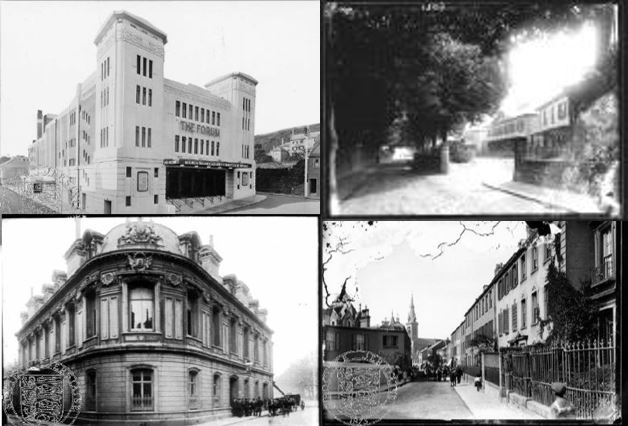
Not all of Albert’s photographs were taken by him personally, however they are all attributed to his business. Many are overtly commercial, but others constitute a fascinating documentary of life in Jersey in the late 19th and early 20th century. Although an early advertisement promoted portrait photography in clients’ homes, Smith, unlike many of his contemporaries in Jersey was not predominantly a portraitist. He preferred to work out of doors, photographing groups on carriage and charabanc outings.
Image Analysis

This image shows the Royal Visit of King George V and Queen Mary in 1921 where they were presented with the Jersey cow at a cattle show at Springfield. The Jersey Cattle Breed is famous for its high butterfat content of milk and lower maintenance costs attending its lower body weight, as well as its genial disposition. The image appears to be over exposed, allowing the dark tones to become more contrasted. The focus is maintained on the cow as it is in the forefront and is shown to be observed by the other subjects in the image. The image is in black and white as it wasn’t until 1935 when Kodak brought out Kodachrome, a 16mm color film, that colour photography became more common.
Tom Pope
Tom Pope is an award winning photographer born in Bristol, UK in 1986. Acting as the 2015 Archisle International Photographer in Residence for Jersey, he produced the work “I Am Not Tom Pope, You Are All Tom Pope”.
“The work I intend to carry out in Jersey will explore notions of play and how we conduct ourselves in public. Gathering inspiration from the Société Jersiaise Photo Archive and collaborating with the Jersey community, performances and situations will be initiated where the act of taking and making photographs becomes a social event.”

Image Analysis
The image features a figure chopping wood with an axe. This is mysterious and intriguing to the viewer as the image is cropped to not reveal who the person in the image is. This similar technique is used in many of Tom Pope’s other works. A vignette appears across the top left side of the image due to the use of a flash which places the focus on the subject. The image feels almost dynamic due to the scarf hanging down before the swinging axe.
Pope’s use of flash brings out the contrast of colour in all of his images, allowing for the subject to become more important in the foreground.
When producing my work to represent the future of St Helier, I want to use the flash in the same way Pope used to bring out the same vibrance and contrast of colour.






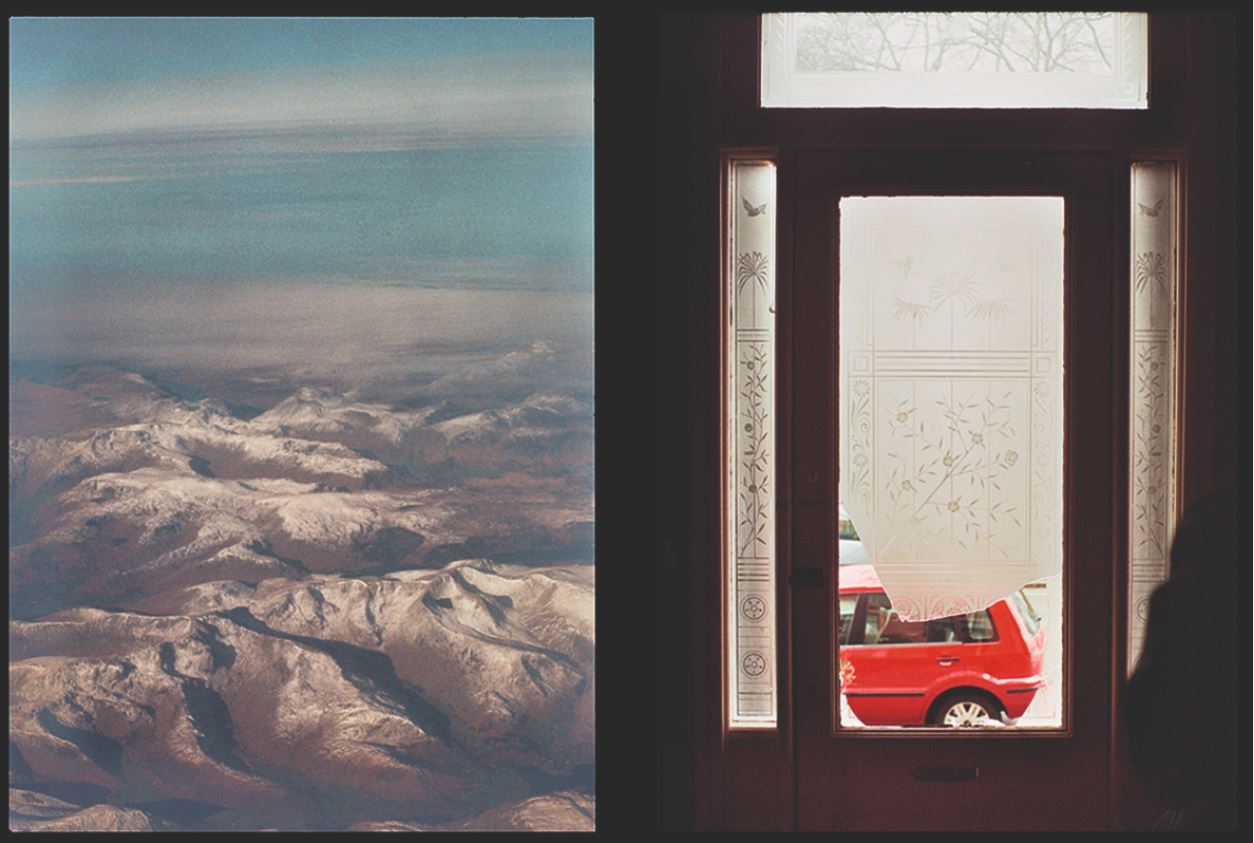


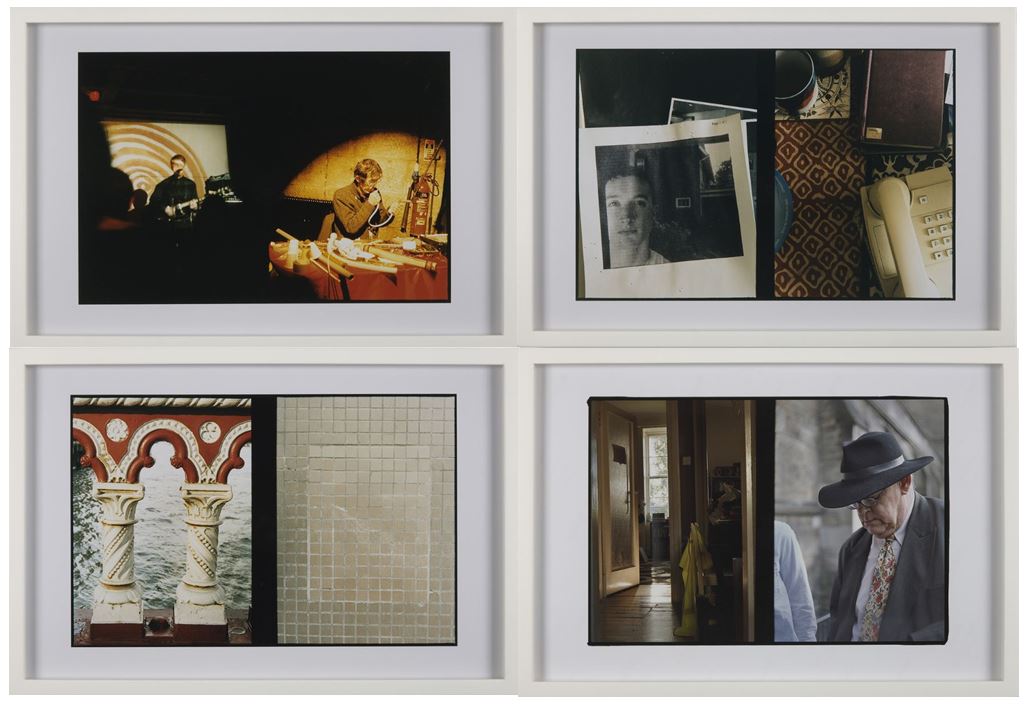

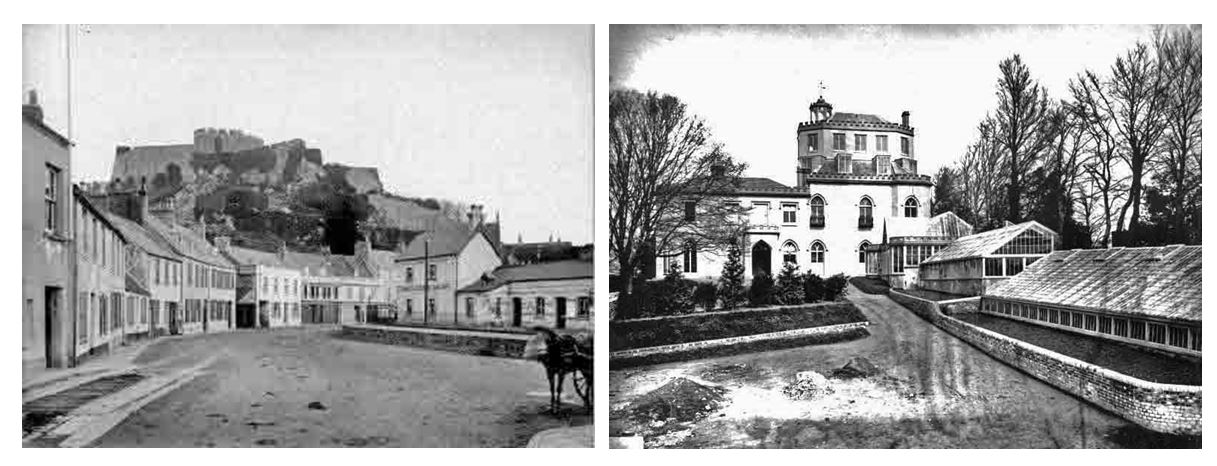
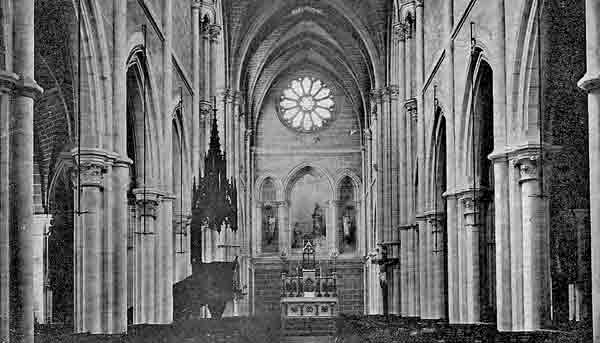

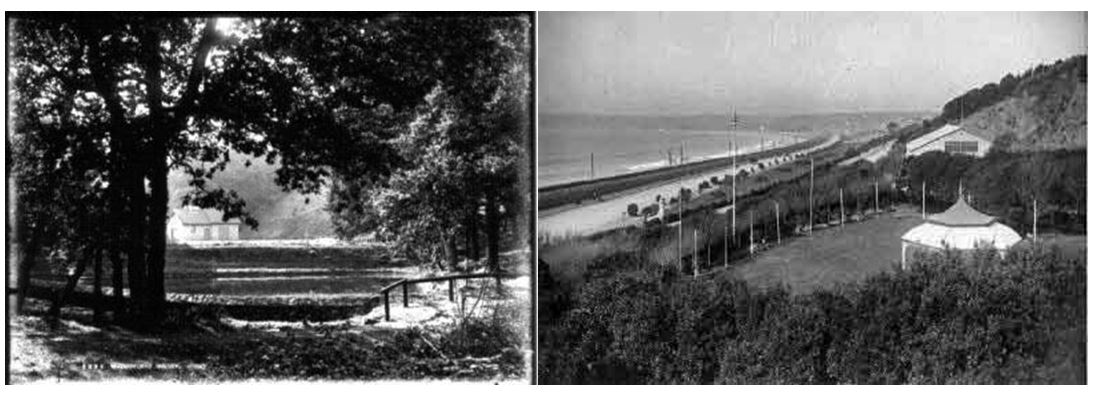
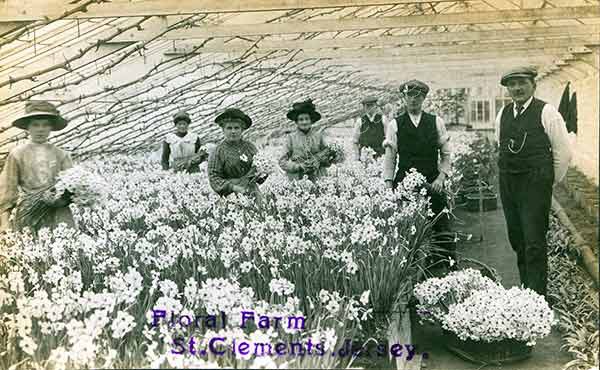
 Contextual -
Contextual - 
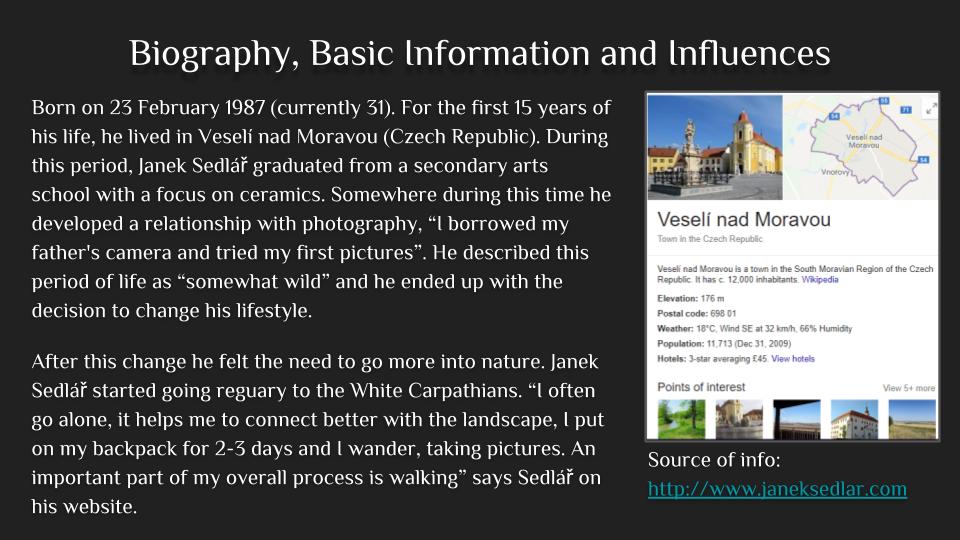
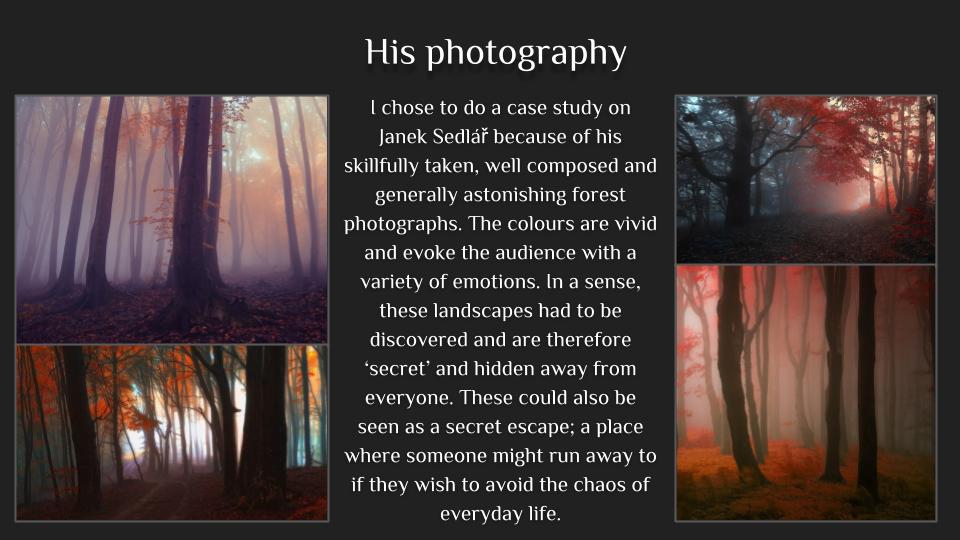

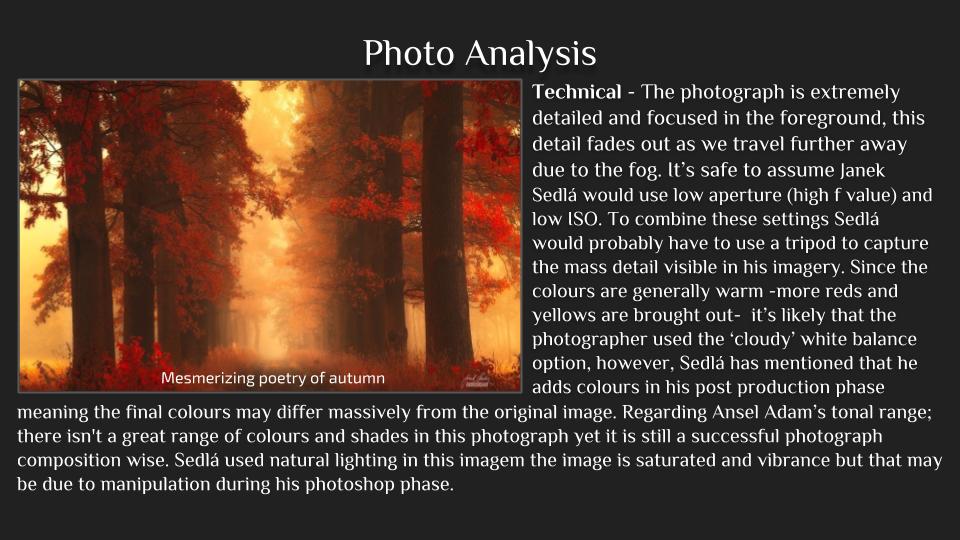
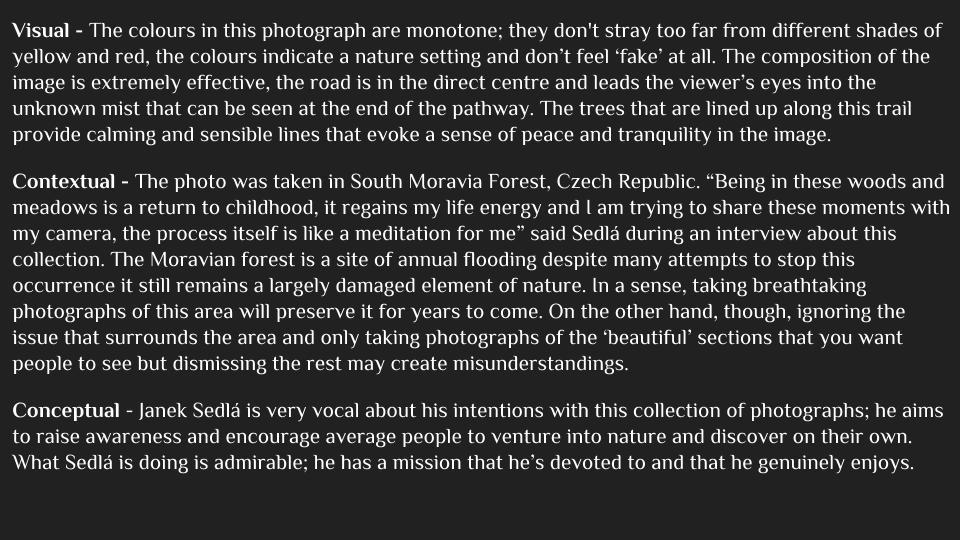
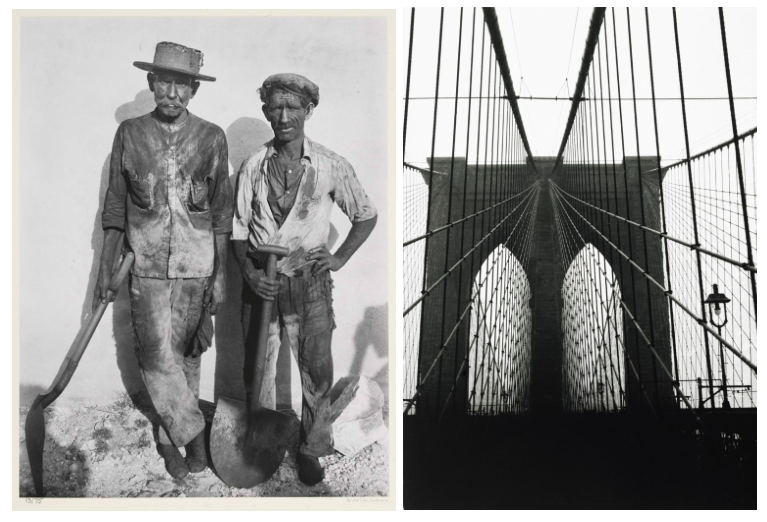








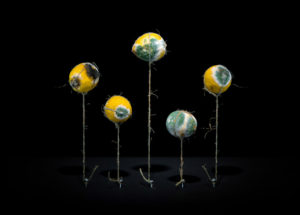 contextual - Pichler used his bathroom as a studio and for storing various foods kept in plastic containers as they began to flourish in mold and rot. He grew up in a rural province in Austria where raising and eating meat was an important part of their culture. Pichler later defied these customs and became a vegetarian.
technical - This picture has been flipped to make it look like the string is holding the lemons up like flowers. The use of lighting is cleverly done, Pichler has lit the lemons from the front and bottom which gives a shadow on the floor of the picture [the ceiling], adding to the illusion that the lemons are standing up on 'stalks'.
visual - As Klaus Pichler said, the initial sense of his work may seem beautiful and appetizing until the viewer realizes what they're looking at. He's set up this scene to remind the audience of something beautiful; flowers, with the string set up like stalks and the lemons displaying bright and vivid yellow and green colours. These colours relate to toxicity, beauty and nature creating conflicting views on the picture for the audience - is it beautiful or repulsive?
conceptual - The photograph is set up like flowers, giving connotations of beauty and life, directly contrasted with decay and effectively death. It gives the underlying message that everything comes to an end, highlighting that the luxuries we take for granted will slowly diminish with the natural reckless behaviours accompanied by humanity. Pichler has created these pictures to make us question the everyday actions that seem normal to us; throwing away rubbish, littering, driving cars, material consumption etc. - where does it come from and where does it go? We've been bred to do and not think.
contextual - Pichler used his bathroom as a studio and for storing various foods kept in plastic containers as they began to flourish in mold and rot. He grew up in a rural province in Austria where raising and eating meat was an important part of their culture. Pichler later defied these customs and became a vegetarian.
technical - This picture has been flipped to make it look like the string is holding the lemons up like flowers. The use of lighting is cleverly done, Pichler has lit the lemons from the front and bottom which gives a shadow on the floor of the picture [the ceiling], adding to the illusion that the lemons are standing up on 'stalks'.
visual - As Klaus Pichler said, the initial sense of his work may seem beautiful and appetizing until the viewer realizes what they're looking at. He's set up this scene to remind the audience of something beautiful; flowers, with the string set up like stalks and the lemons displaying bright and vivid yellow and green colours. These colours relate to toxicity, beauty and nature creating conflicting views on the picture for the audience - is it beautiful or repulsive?
conceptual - The photograph is set up like flowers, giving connotations of beauty and life, directly contrasted with decay and effectively death. It gives the underlying message that everything comes to an end, highlighting that the luxuries we take for granted will slowly diminish with the natural reckless behaviours accompanied by humanity. Pichler has created these pictures to make us question the everyday actions that seem normal to us; throwing away rubbish, littering, driving cars, material consumption etc. - where does it come from and where does it go? We've been bred to do and not think.
 Although he painted generic household objects, critics noted how his representation of these objects conveyed a sense of Morandi’s personality, monastic habits, and Bolognese environment. His tightly unified body of work would be influential for its close study of unremarkable elements of daily life, imbuing them with implications of deeper significance by emphasizing their painterly beauty and simplicity. He represents himself through his paintings and the objects he displayed which links which links to my theme that conventional objects can represent the history of a person.
Although he painted generic household objects, critics noted how his representation of these objects conveyed a sense of Morandi’s personality, monastic habits, and Bolognese environment. His tightly unified body of work would be influential for its close study of unremarkable elements of daily life, imbuing them with implications of deeper significance by emphasizing their painterly beauty and simplicity. He represents himself through his paintings and the objects he displayed which links which links to my theme that conventional objects can represent the history of a person.
 The image on the right depicts a display of five domestic objects arranged on a flat table surface: a bottle, a jar and three porcelain bowls of various sizes. The objects are arranged in two horizontal rows, with the three smallest objects situated at the front of the composition and the bottle and a taller bowl at the back. In this work, Morandi uses a muted colour palette that ranges from light and medium grey to cream white, beige, pale yellow and mauve. The ball-shaped container in the front row at the lower left corner of the painting has a top section with yellow grooves and a bottom section with white grooves. The cup in the centre of the composition has a red brim and the bowl on the right side has purple grooves. Still Life is inscribed with the artist’s signature at the bottom right of the canvas.
The image on the right depicts a display of five domestic objects arranged on a flat table surface: a bottle, a jar and three porcelain bowls of various sizes. The objects are arranged in two horizontal rows, with the three smallest objects situated at the front of the composition and the bottle and a taller bowl at the back. In this work, Morandi uses a muted colour palette that ranges from light and medium grey to cream white, beige, pale yellow and mauve. The ball-shaped container in the front row at the lower left corner of the painting has a top section with yellow grooves and a bottom section with white grooves. The cup in the centre of the composition has a red brim and the bowl on the right side has purple grooves. Still Life is inscribed with the artist’s signature at the bottom right of the canvas.
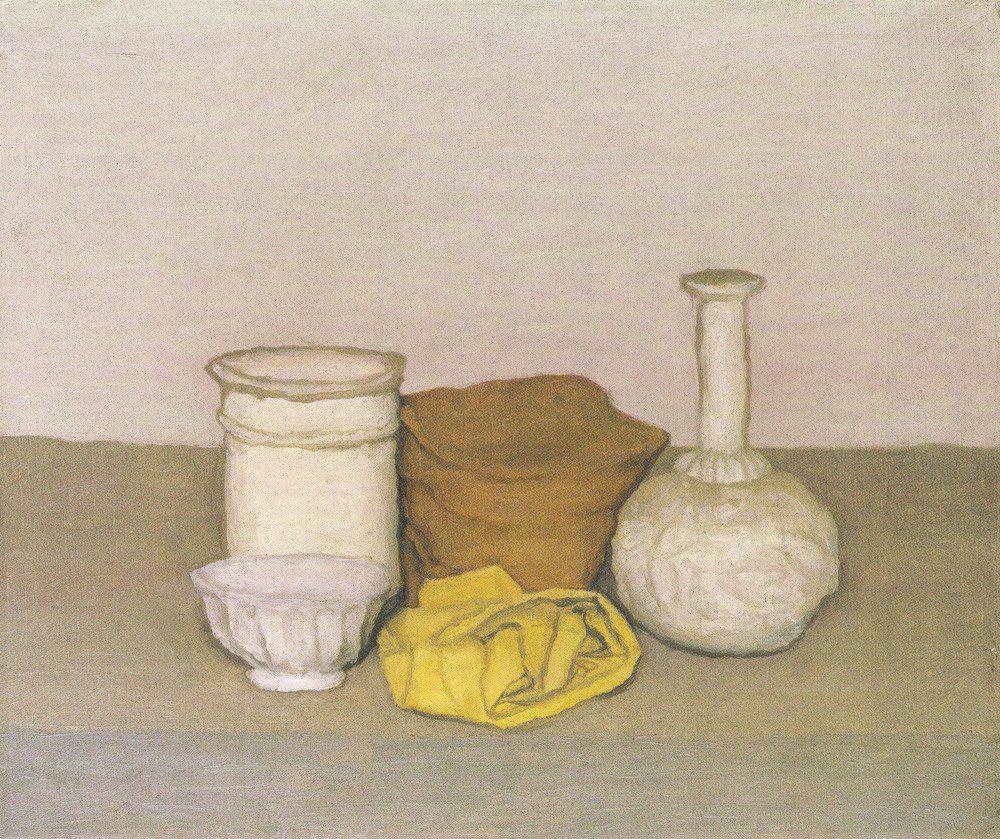

 Morandi's studio at Via Fondazza
Morandi's studio at Via Fondazza





